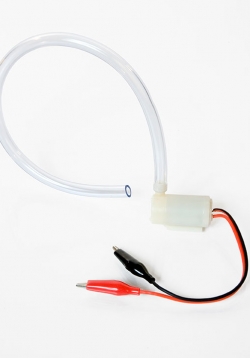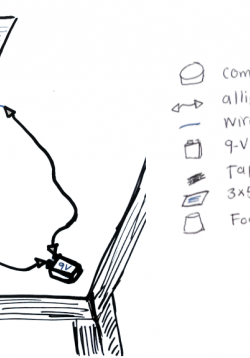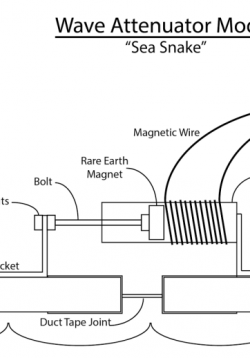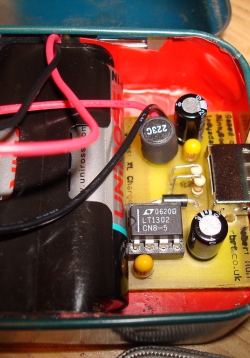Making Observations and Recording Data for Solar Powered Water Pumping
Students use a solar module and water pump to test how quickly one cup of water can be pumped.
Solar Powered Water Pumping
Students use a solar module and other materials in conjunction with a water pump to test how quickly one cup of water can be pumped.
Designing a Faster Water Pump
Students use all their prior knowledge to design and construct a water pump that can pump 1 cup of water the fastest.
Introduction to Electromagnetism
Through a series of goal-oriented activities and research, students will build physical models that demonstrate the interactions between magnetism and magnetic fields as well as interactions between magnetism and electric fields. Students will be...
Building a Tidal Wave Attenuator
This lesson is designed to build upon investigations of electromagnetic energy by applying these phenomena to transfer the kinetic energy moving in waves to electricity by building a wave attenuator.
Testing a Tidal Wave Attenuator
Students will test the efficiency of the tidal wave attenuator models that they previously built. They will determine variables on their models they can manipulate, such as wire gauge and magnet strength, and measure the effects of manipulating this...
Wave Attenuator Unit Overview
Through a series of learning experiences, students will experiment with the basic concepts of motion to electrical energy transformation. Students start by building a series of models that demonstrate the interactions between magnetic and electric fields....
Constructing a Solar-Powered MintyBoost USB Charger
Students will receive a background on solar energy, solar energy applications, and electrical circuit components. Students will then apply these concepts to a Home Energy Consumption worksheet and the construction of a Solar Module MintyBoost USB Charger,...
Circuit Analysis With Solar Energy: Measure the Power Consumed by Various Devices
Students will set up a simple circuit using a solar module and three small loads. They will then use a multimeter to measure the voltage across each load and the current through each circuit. Students will then calculate the power consumption and...
Using a Multimeter to Analyze a Solar Circuit: Measuring Current and Voltage—Calculating Power and Resistance
Students will set up a simple circuit using a multimeter and a load resistor to measure the voltage and current in the circuit. Students will learn to use a multimeter, learn how to calculate power and be introduced to Ohm’s Law. This activity provides a...




